Sometimes the best photography exhibits in the D.C. area come from big venues, and sometimes they come from smaller ones. This year’s list of the best D.C.-area exhibits is dominated by smaller galleries, including Photoworks, Multiple Exposures Gallery, Touchstone Gallery, and Studio Gallery.
As City Paper’s photography critic, I have assembled a list of the top exhibits in the D.C. area on a (mostly) annual basis since 2001. This year, I’ve selected—and ranked—eight exhibits that merit a place on the list of best local photography exhibits of 2024. I have also included a pair of photography-adjacent exhibits that merit special mention.
1. Tom McMurray at Touchstone Gallery

Tom McMurray’s color-saturated images of scarred mining landscapes in the sprawling Kimberley and Pilbara regions of Western Australia were gorgeous—guiltily so. McMurray’s heavily abstracted landscapes, captured from a helicopter, suggest paintings by Richard Diebenkorn and Barnett Newman. With their intense abstraction, the images’ scale was often unclear, only resolving when man-made features appeared. Of special note were a few images of fractal-like forms—a series of bright green curlicues in a water channel; a deep blue collection of rivulets; and an image of the King Sound Tidal Mud Flats with forms that could pass for a dried botanical sample pressed between sheets of antique paper. In an inspired twist, the gallery paired McMurray’s photographs with a collection of abstract paintings by his brother, McCain McMurray, inspired by a residency on France’s Mediterranean coast.
2. Power & Light at the National Archives

In this exhibit, the National Archives spotlighted a relatively unknown, federally sponsored photographic survey of the 1940s-era coal industry spearheaded by Russell Lee (1903-1986), a member of the federal photography corps that documented the Great Depression. The images document both the grim working conditions underground and the families’ cramped, newspaper-lined homes, with the goal of publicizing the plight of coal workers. The exhibit delivers a gut punch in its final panel: A 1979 follow-up survey found significant material improvements for most mine families, but many who were interviewed voiced frustration that the nation continued to view them as backward and impoverished. Lee’s images “may have inadvertently contributed to this lasting stereotype,” the exhibit acknowledges.
3. Good Sports at Photoworks
Like all sports photography, the images in Photoworks’ juried exhibition benefited from the good fortune of timing and placement. But that wasn’t a shortcoming. Ayln Brereton’s image of a rodeo participant trying to control his animal was elevated by a glorious eruption of mud that almost obscured the subject’s body. Second place finisher Elizabeth Billman contributed two images, one of football action and the other of a runner racing with a baton; both were composed with dreamy, relentlessly sideways motion. Used constantly, this approach could have become cliche, but with these images, Billman stood out from the pack.
4. Walter Plotnick at Photoworks

At this Photoworks show, Walter Plotnick, a Philadelphia-based artist, offered a pair of inspired, even fanciful, collections. One series featured circus performers; Plotnick started with vintage photographs, scanned them—printed the resulting images onto clear Mylar—then exposed them and other geometric shapes to photosensitive paper in the darkroom, before digitally fine-tuning and printing the works in cool-toned black and white. The acrobats and other performers are presented as dreamily removed from time. His second series was even more imaginative, featuring similarly old-fashioned imagery projected onto the blank insides of unfolded cardboard boxes, then photographed in black and white, with the beige of the boxes’ interiors lending the works a sepia tone. Plotnick has called this a “metaphor for anticipation,” in which the opening of a box exposes the contents, even if the hidden gift in this case is evanescent. The boxes’ varied flap designs provided geometrical intrigue to the sometimes absurdist photographic arrangements.
5. Gary Anthes at Studio Gallery

A photographer’s road trip through the sparsely populated West is, at this point, something of an American cliche. Gary Anthes’ Studio Gallery exhibit included some of the expected subject matter—abandoned general stores, dilapidated farm buildings, boarded-up Main Street shops, dusty vintage cars, cracked and peeling grain elevators—and it offered a Dust Bowl warning about looming environmental decay. Still, the series, based on a 1,000-mile backroad jaunt through seven states, benefited from its surprisingly sprightly mood, offering a striking contrast between the decay on view and the glorious light that illuminated it. Anthes’ finest image may have been one from eastern Colorado. It featured a gently undulating field of grasslands under a mesmerizing sky in shades of blue; against this elemental pairing, a long piece of irrigation equipment jumped and snaked backward into the frame, providing a bracing sense of three-dimensionality.
6. The ’70s Lens: Reimagining Documentary Photography at the National Gallery of Art

This exhibition, on view through April 6, 2025, is as sprawling and disorienting as the decade of the 1970s itself. Despite its title, the exhibit strays quite a bit from the traditional term “documentary photography”; it includes not just carefully crafted observational series and street photography but also performance art, conceptual art, and more inward-looking projects. What the exhibit gets right is its broad reach beyond the big names in the field (though they are here too, including Nan Goldin, Susan Meiselas, and Diane Arbus) and its argument that 1970s photography was centrifugal to the point of being revolutionary. The roughly 100 works by more than 80 artists include impressive alienated landscape photography by Henry Wessel, Lewis Baltz, Frank Gohlke, and John Divola.
7. Terry La Rue at Leica Store D.C.

In a vacuum, Terry La Rue’s black-and-white photography came off as creepy: an arachnid climbing over a half-submerged marble head; a praying mantis crawling across a pale mask; a man floating on his back, seemingly half dead; a black bird in the sky, looking as if it’s neither flying nor gliding; a hard-to-read image that could pass for a screaming gargoyle. But La Rue’s work was framed by his rare and debilitating condition, complex regional pain syndrome. This explains why the Seattle-based photographer pays attention to creepy-crawlies, spindly branches that suggest neurological dendrites, and a figure on a sidewalk being buffeted by a towering shower of water—water that, in La Rue’s portrayal, has the consistency of shattered glass.
8. Winter at Multiple Exposures Gallery
To have your work chosen for a photography exhibition with the theme “winter,” you could have gone the dramatic route, as Van Pulley did with the fog-shrouded peak of Punta Bariloche or as Alan Sislen did with his image of a silvery inlet hugged by ice-covered peaks. But the 13-artist group show at Multiple Exposures Gallery demonstrated that the humdrum can produce equally compelling imagery. For Tom Sliter, the charm came from how wet snow filled the voids of wire lawn flamingos; for Soomin Ham, it was how a group of ducks formed a line against a misty backdrop. Clara Young Kim captured how a single evergreen stood out against an almost horizonless white expanse, while Maureen Minehan made a rare use of color by documenting a yellow-hued shed within an otherwise monochromatic sweep. But the standout was Irina Dakhnovskaia–Lawton’s tiny (2-by-3-inch) landscape, with a lovely blurring that stemmed from its eccentric solarplate etching process.

Two Notable Photo-Adjacent Exhibits From 2024
Robert Longo Drawings: Engines of State at the National Gallery of Art
Robert Longo’s exhibit featured three monumentally scaled renderings of the U.S. Capitol, the White House, and the Supreme Court. While his works were respectful of the edifices’ power, they were also less than sanguine about how the three branches of government exercise that authority. He placed them in dark settings, ringed by storm clouds and spindly branches reminiscent of “The Legend of Sleepy Hollow.” Up close, one could see the smudgy imperfections of the buildings’ surfaces, especially on the Supreme Court’s marble columns and steps.

Chaosmosis at the National Academy of Sciences
The National Academy of Sciences exhibit Chaosmosis: Assigning Rhythm to the Turbulent lived up to its clever title, offering varied attempts to document and explain the mysteries of fluid dynamics. The most engaging pieces harnessed video or digital simulations. One low-res infrared video of an opera singer’s breath combined the beauty of an aria with the menace of the then-new coronavirus (it was made in 2020). Another, a three-part simulation, tracked cross sections and long views of fluid moving through a pipe and a black-and-white tabletop video showed chemical droplets from a pipette exploding into fantastical shapes, including ones that suggested the sun, fractals, and a human egg. The simplest work may have been the most relatable: an utterly realistic video simulation of cumulus clouds unfurling over a watery horizon.

Recommended Stories
#2024s #Local #Photo #Exhibits

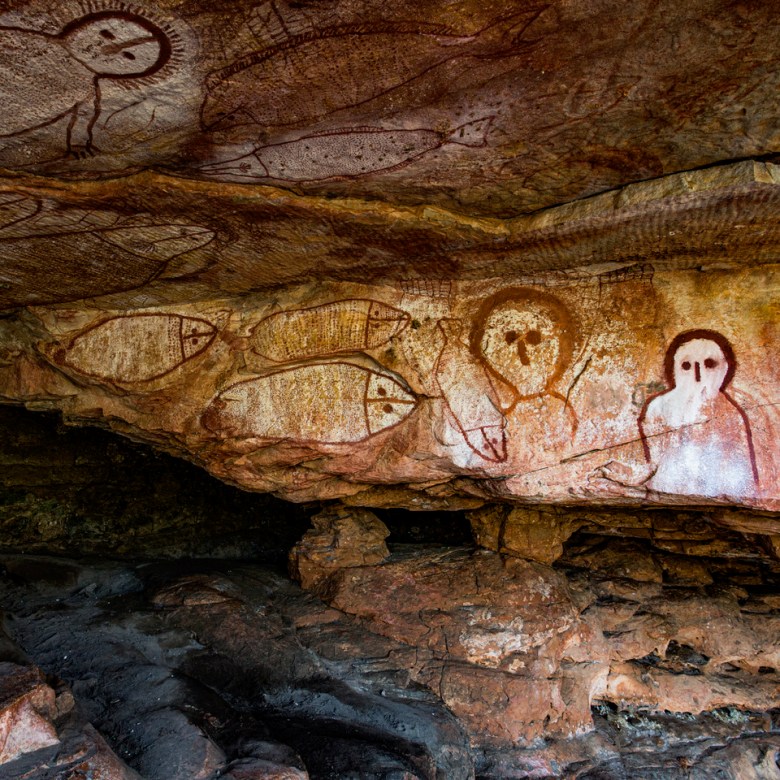

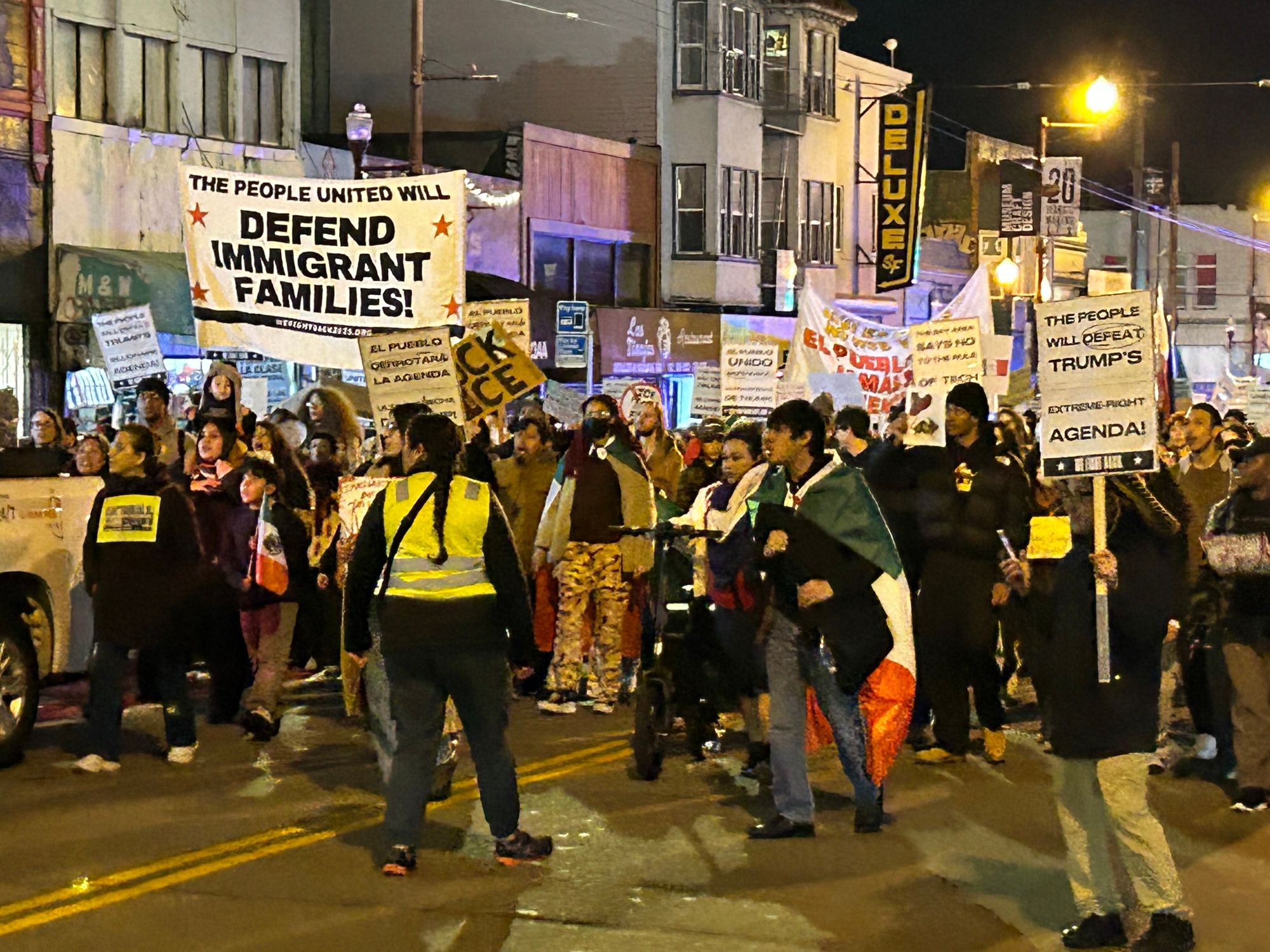
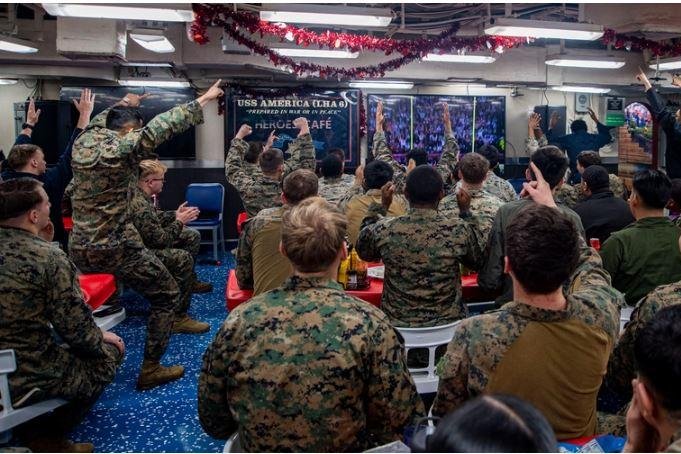
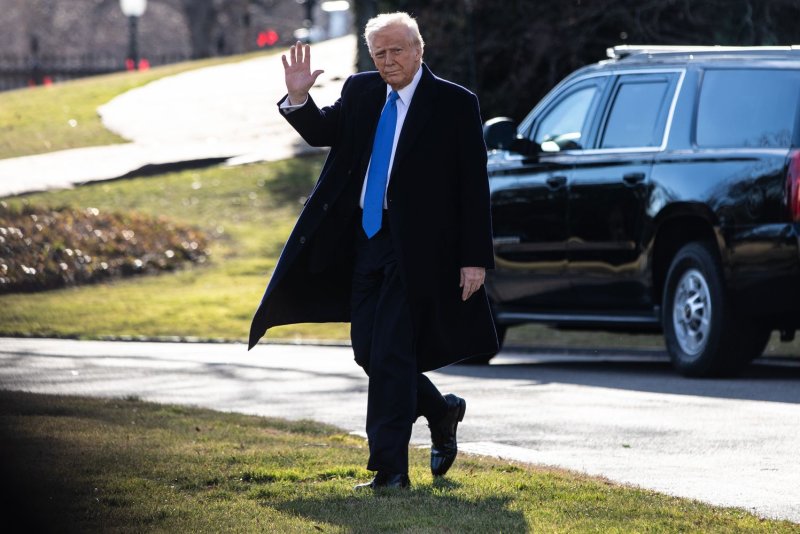

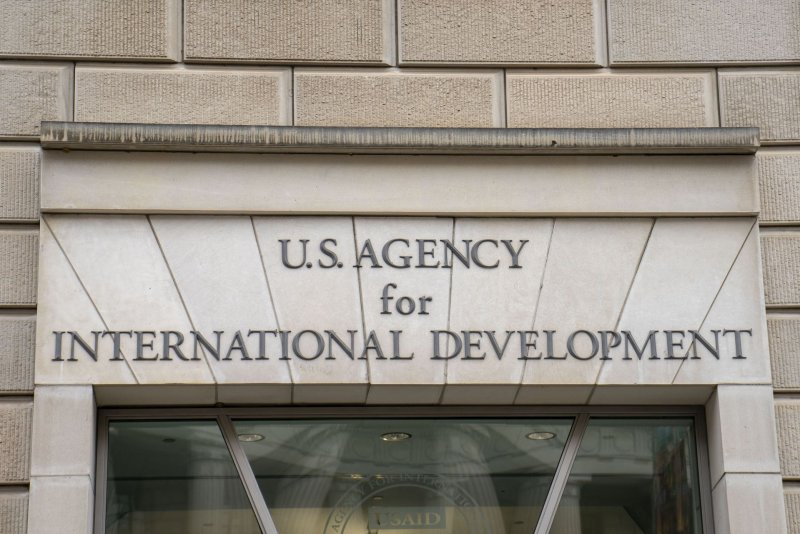
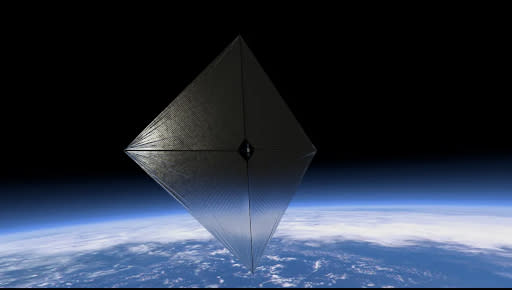
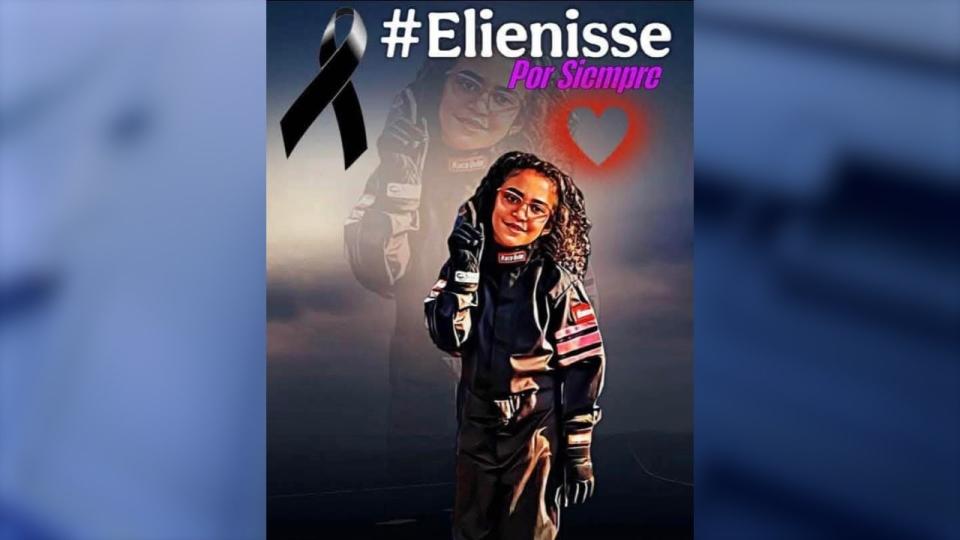
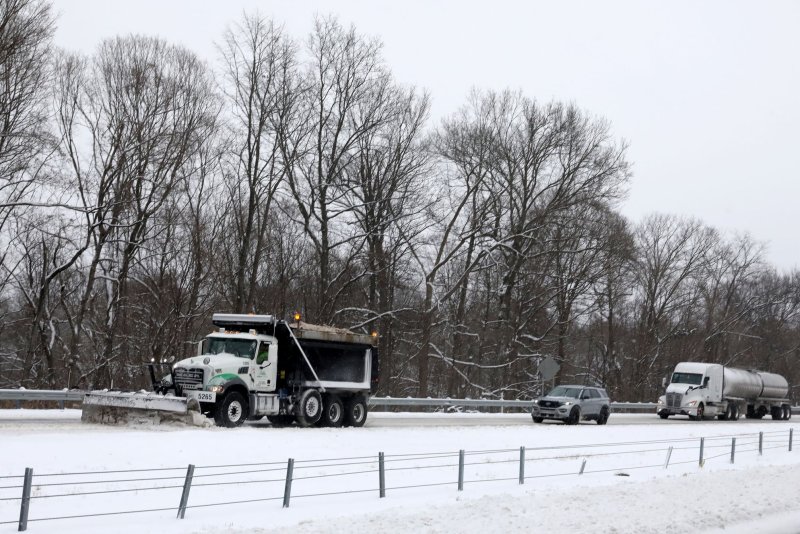
Leave a Reply